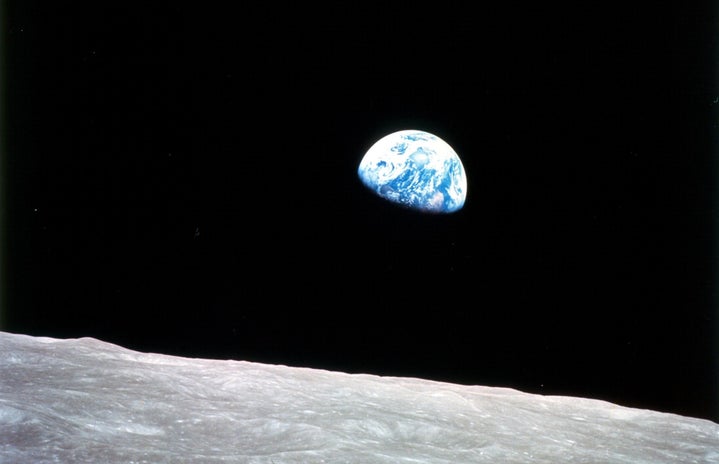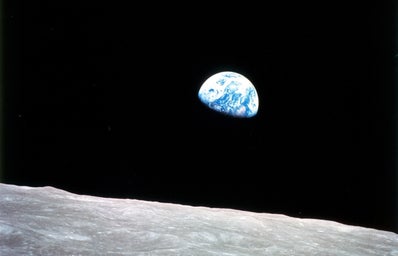On Aug. 21, 2017, I witnessed a total solar eclipse from South Carolina. My family had made the seven-hour road trip from suburban Maryland to Clemson University’s campus to witness this spectacular celestial event as our family vacation that summer.
It was truly an incredible experience. Through special solar eclipse glasses, I watched as the sun disappeared behind the moon, forming a smaller and smaller crescent. It was still surprisingly bright outside when only a small sliver of the sun peaked out from behind the moon, a testimony to the sun’s immense brightness. When totality began, everything went dark. It was as if it were night for three minutes. The stars appeared, crickets began chirping, animals rustled through the leaves. The sun’s corona, or outer atmosphere, cast a faint, somewhat eerie glow over the scene, as if it were a particularly bright moon.
While total solar eclipses occur about once every 18 months, they are only seen once every 400 years from any one place on the Earth’s surface. In South Carolina, we met people from all over the U.S., and even some from Europe, who had assembled for this special event. I met a self-titled “eclipse chaser,” who had been to almost 20 consecutive solar eclipses all over the world, having missed only one in Antarctica.
Soon, on April 8, 2024, people across the United States will have the opportunity to witness a solar eclipse. Its path of totality, meaning the area where the moon will perfectly block the sun, will sweep across the country through 13 states, from Texas to Maine. In the U.S., the longest duration of totality will occur in Texas, with a time of almost 4 minutes and 30 seconds. This time will decrease moving towards Maine. However, a partial eclipse, where the moon can be seen partly obscuring the sun, will be visible outside this narrow path.
To prepare for the April eclipse, get a pair of solar eclipse glasses, which will protect your eyes when looking at the sun. Make sure that your brand is on the American Astronomical Society’s list of safe solar viewers to ensure they comply with international safety standards.


